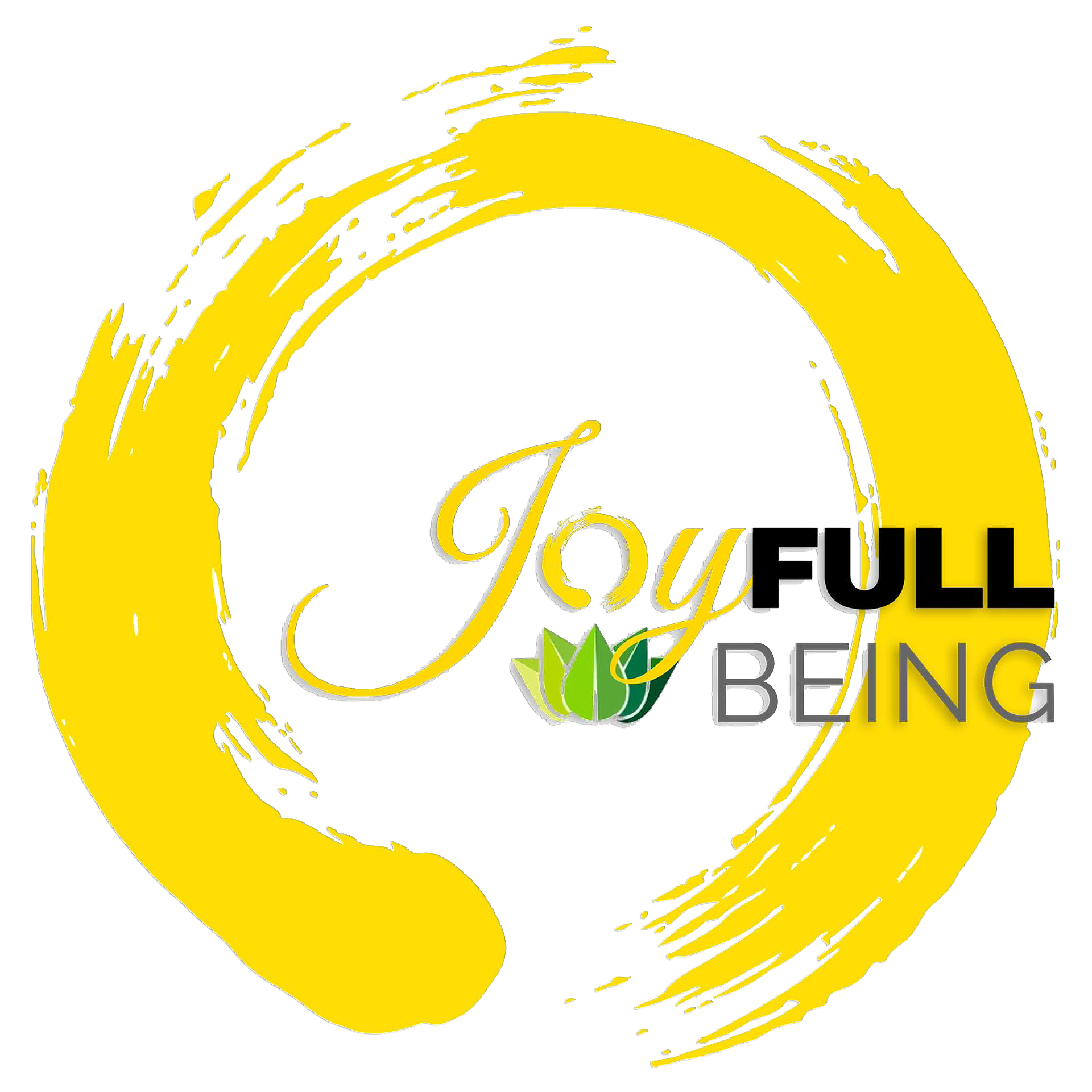The Energy of Essential Oils: article 1992
The Energy of Aromatherapy
Written By Jade Shutes
Aromatherapy is the art and science of utilizing natural distilled extracts (essential oils) from aromatic plants in healing the body, mind and spirit. We know from quantum physics that at the subatomic level, body, mind and spirit are interchangeable forms of energy. As a healing modality, Aromatherapy seeks to explore the physiological, psychological and spiritual realm of the individual’s response to aromatic extracts as well as to observe and enhance the individual’s innate healing process. As a holistic medicine, Aromatherapy is both a preventative approach as well as an active treatment during acute and chronic stages of illness or ‘dis’-ease.
Aromatherapy utilizes these aromatic extracts (essential oils) in a variety of methods, however throughout this article, we shall discuss the impact of aromas on the psyche via olfaction (our sense of smell).
What is an Essential Oil?
Essential oils are natural organic substances which are produced in various glands and sacs within aromatic plants. They are found in flowers (e.g. rose), leaves (e.g.eucalyptus), seeds (e.g. fennel), barks (cinnamon), roots (e.g. vetiver), fruits (e.g. nutmeg), grasses (e.g. lemongrass), zests (e.g. orange), herbs (e.g. peppermint), wood (e.g. sandalwood), needles and twigs (e.g. pine) and resins (e.g. frankincense).
Within the plant, these simple essential oils perform two vital functions: protection and attraction. A simple essential oil may protect a plant by giving off an aroma which repels predatory animals whilst another aroma can attract insects for the purpose of pollination and propagation hence ensuring the survival of the species.
Through the process of distillation, a simple essential oil undergoes a process of metamorphosis into a complex essential oil. Complex, because during the distillation process a number of new chemicals are formed by hydrolysis thus creating a whole new unique spectrum of chemical constituents.
Each essential oil, based upon these chemical constituents has a unique aroma as well as specific medicinal value. E.g. Lavender is soothing to the mind, is useful during stressful periods due to its content of a chemical known as Linalool. As an aroma, most individuals have a positive association and hence its ability to soothe and comfort.
Our Sense of Smell
With each breath, we take in a dynamic landscape of aromas. Odors are multifaceted and contain the dynamic principles of language and perception. An odor, smell or aroma is created by minute gaseous like particles released by various objects or substances. According to current research, each odor has a specific size and shape which comes in contact with a corresponding receptor site on an olfactory neuron whereby it triggers a specific nerve impulse to the brain.
When we smell lavender, for instance, its purple, sweet aroma enters our nasal passageway. As the air-born molecules travel through the nasal cavity some are absorbed by the epithelium mucosa, which is located at the top and on both sides of the superior nasal cavity and is about the size of a postage stamp. Olfactory electro-chemical impulses proceed from the olfactory bulb along bundles of nerve fibers, which form the olfactory tract, to the temporal lobe of the cerebral cortex which interprets and perceives odor. Impulses also reach the limbic system where olfactory signals activate smell related emotions and behaviors.
Once the limbic system has received the odor impulse, it makes instant decisions and directs the resulting integrated somatic and sensory activity. It is important to realize that the integrated activity includes all the concomitant hormonal and nervous activity.
The limbic system is considered to be one of the oldest aspects of the human brain. Our ancestors, like reptiles, lower mammals, and higher mammals, utilized the sense of smell to a much greater degree than we do today. The evolution from these more primal states has reduced the size of the limbic area of the brain whilst increasing the size of the cerebral cortex. However, there still exists a large amount of brain tissue in humans devoted to smell. Aromatics have a very privileged and intimate access to those parts of the brain where we really live.
Recently a new term has arisen to explain the mind/body connection: Psychoneuroimmunology (PNI). PNI and related research show that the subtle electromagnetic fields around and within the body form a crucial link between emotional ‘wounding’ and physical manifestations of illness or ‘dis’-‘ease’. According to quantum physics, at a subatomic level, matter and energy are interchangeable. Essential oils are therefore able to facilitate mind/body healing via their direct access into the limbic region of the brain. Aromatic substances have a direct impact on our perception of the world around us.
What we feel and what we think has a profound effect on us due to this mind/body link. All emotions are linked physically to our bodies via our immune, endocrine, and nervous system. Essential oils are not only psychoactive by their hormonal and biochemical effects upon the body and brain but also have a direct action upon the energetic body of the human being via their transfer of vital energy.
Essential oils for the Psyche
Everything that is alive pulsates with energy and all energy contains information. Our physical bodies are surrounded by an energy field which interacts with the energy field of essential oils, receiving impulses and translating them into unique messages. There is a continuous communication between an individual and an essential oil. An intricate web of interaction connects all life into one vase self-maintaining system. Like a hologram, every part is related to every other part. As we begin to appreciate not only ourselves but natures gifts as fields of energy with the ability to affect the quality of our own experience, we will finally be getting in touch with our innate ability to heal as well as the innate ability of essential oils to aid in the facilitation of the process.
Essential oil messages:
Seeds serve a reproductive function in the life of a plant and hence have messages of growth, reproduction, nourishment, and birth. Seed essential oils are useful during times of low energy, sluggish thinking, and when creativity seems delayed. Seed essential oils such as Angelica seed or Celery seed can facilitate movement and aid in creativity.
Roots serve to anchor the plant into a substrate (e.g. the soil), to absorb valuable nutrients and water (important to a plants growth) and to produce hormones. Root essential oils contain messages to ground, provide stability, to nourish and support as well as to maintain homeostasis (a balance in the body). Root oils such as Angelica root, Vetiver or Nard can be used when one is feeling overwhelmed, anxious or disconnected from one's inner voice.
Woods or the trunk of the tree serves the plant by conducting water and nutrients to leaves, stems, and flowers as well as providing support. Hence essential oils from the wood conduct energy, provide balance and give a core or support element. Wood essential oils also bring one inward for self-contemplation and strengthen the skeletal structure. Examples of wood essential oils include Birch, Sandalwood, Cedarwood, and Cedar.
Resins function within the plant to heal wounds as well as to protect the plant from microbial invasion. Essential oils from resins, therefore, serve a protective function, healing old wounds and ward off detrimental energy. Oils like frankincense, myrrh, and elemi can all be utilized throughout an individuals healing process as well as being incredibly wonderful aromas.
Leaves and needles function within plants for photosynthesis, as well as to protect a plant from water loss, to ward off insects and for respiration. Essential oils from leaves and needles carry messages of proper breathing, strong antiseptics and to ward off harmful energy. Examples of leaf essential oils include Eucalyptus, Fir, Pine, Cypress, and Spruce.
Flowers function within a plant for reproduction and to attract insects for the purpose of pollination. Essential oils from the flowers are encoded with a message representing love, compassion, forgiveness, and are a symbol of a gift, emotional nourishment, and beauty. Rose, Jasmine, Ylang ylang and Roman chamomile are examples of flowers.
How to begin using essential oils in your life
One of the best methods of utilizing essential oils is by adding 5-7 drops to your bath. Create time out for a sacred bath to calm and soothe or stimulate and awaken! Light some candles and listen to your favorite music while bathing in the aromatic waters. Choose your essential oils based on your emotional needs.
Another method is to combine 3-5 essential oils together in a small vial and do inhalations throughout the day. Some even place a few drops on a handkerchief or small clay diffusor to bring into their office or workplace. If you are going to delve into the world of Aromatherapy, I recommend that you obtain books on the subject to enhance your knowledge of essential oils and their many uses.














